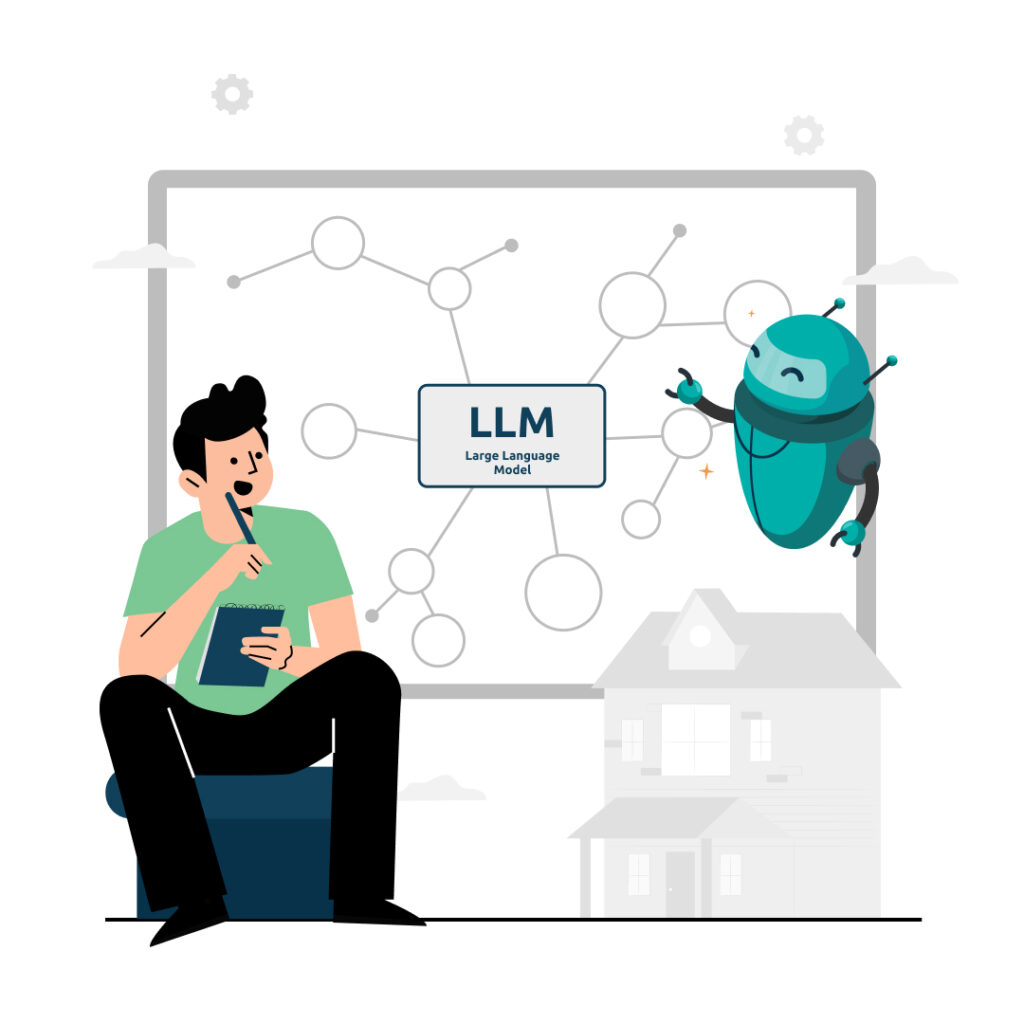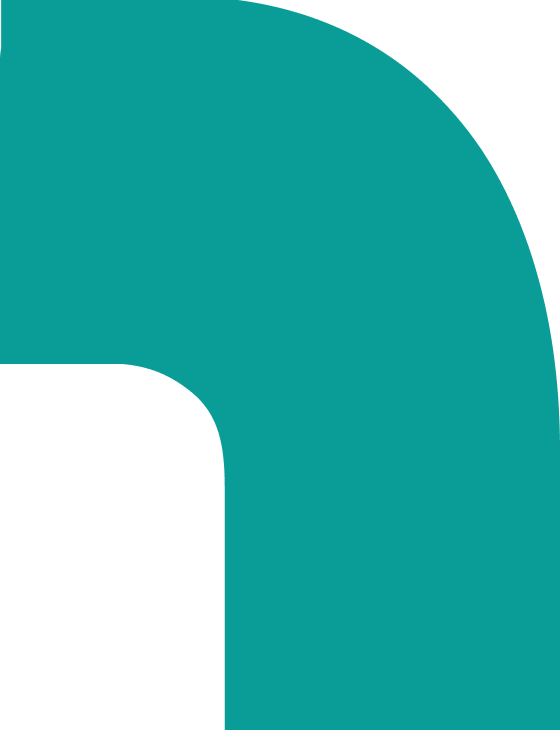The extended team model could be the best tactic to get your startup into the market or drive your business ahead of the competition. Using the extended team model can help you grow your capabilities without eating your margin. And it is the best way to respond quickly to market changes and moves by the competition. Let’s dive into the details behind the Extended Team Model.
What is the Extended Team Model?
The Extended Team Model is an organisational structure where the core team that provides deep institutional and product knowledge is based in-house and works closely with one or more developers who work remotely.
The size of an extended team, and here we are talking mainly about extended software development teams, depends on the needs of the business.
A startup might have a core team of a single Product Manager and the entire development team is an extended team. A corporate business unit might need expertise they can’t access in-house. A business with an established online presence might need some regular devops hours to keep their website and backend working smoothly.
The extended team model lets businesses scale their hiring to exactly match their needs. As extended software development teams are assembled out of a single provider’s talent pool, that hiring can happen quickly – sometimes in days, often not longer than two weeks, rather than the months it can take to attract, vet, and interview team members with the normal hiring process.
How is the Extended Team Model different from Outsourcing?
The big differences between the extended team model and outsourcing are control and integration.
Outsourcing works like a black box. You feed in specifications and you get code or product out. There are deliverables and meetings, but you have zero insight into who is doing the coding, how focused they are on your particular project or even their level of expertise.
With the extended team model you are involved in team selection. You know who will be part of your extended team and you will know, either through testing or interviews, their ability level.
Your extended team members, if they are full time, will be devoted only to your project. Unlike an outsourced developer that you will never contact directly, extended development team members are integrated into your team. They participate in scrums, they work directly on your codebase using the same tools as the rest of your team. Your goals are their goals.
How is the Extended Team Model different from a remote team?
The extended team model differs from a remote team by being more consistent, more flexible and more reliable.
Here the key feature of an extended team is that every extended team member is part of the same talent pool. They come from a single extended team member provider, such as SoftwareSeni. This means they share the same work culture, have the same training (though they may be at different levels of expertise), and have access to the same resources, including dedicated HR and support. And for your business, this means you have a single point of contact to deal with for upsizing and downsizing your extended team, swapping in new skillsets and so on.
The members of a remote team won’t have this additional layer of management. You will be managing each remote team member directly with no insight into their working conditions, work habits or day-to-day productivity.
A remote team will also have to be assembled by going through the same slow hiring process as an in-house team, instead of the rapid selection process used with an extended team provider.
Why use the extended team model?
The extended team model has a number of advantages, some already discussed above. Speed of hiring is a big one this article keeps mentioning. Another is availability of expertise. Depending upon your location, certain skill sets might be beyond your budget or simply unavailable. Your product vision or business model might not survive these limitations.
So, being able to assemble a team with the requisite skills out of the talent pool of an extended team member provider can be the difference between success or failure.
The extended team model allows you to grow headcount without growing your footprint. All resources your extended team members need are provided by the extended team provider – computers, desks, office space.
Another key feature that makes using the extended team model so powerful is the flexibility to grow and shrink your team based on your exact needs in the moment, or to swap out extended developers for different skill sets as you move through different stages of product development.
When to use the extended team model?
Businesses should use the extended team model when they have a clear and detailed vision of what they want to achieve but are facing constraints across time, funding, talent or space.
That kind of covers just about every business, doesn’t it?
Prior experience in managing developers or projects and exposure to strategies for working with remote team members (almost universal now in 2023) are the two biggest requirements for using the extended team model.
If you don’t have this in-house experience you might want to take a second look at out-sourcing or hiring a software development agency like SoftwareSeni directly.
How to use the extended team model
Working with an extended team is not much different from working with a mixed in-house/remote team. You face the same challenges of integrating staff into your processes and work culture, and the overhead that comes with suddenly having a higher headcount. It is not core team vs extended team, it’s core team + extended team.
As an extended team provider we have some experience in this matter. We have an article on the simple secrets to making your extended team work, and of course we are focused on helping our extended team clients succeed and are always available for guidance, support and coaching.

Where to hire an extended team?
Right here. SoftwareSeni is Sydney-based and our main focus is offering extended team services to Australian startups and businesses that think like startups.
This focus is why our talent pool is based in Indonesia. It provides an extensive time zone overlap with Australia that we find makes working with extended development teams so much more effective, both in terms of quality of communication and responsiveness.
Our team of developers (as well as design, UX, devops, and customer service) is based in Yogyakarta. The city is a major learning centre with a large, well-established tech culture. This has allowed us to pick and choose our team members to build the deep expertise that will benefit any project.
We can provide expertise at scales from a part-time single developer up to a team of dozens and for any stage of product development, from ideation to maintenance mode.
If you’re outside of Australia and have strong remote team management capabilities, you might still find the quality and range of our tech talent worth the larger time zone difference.
So if you’re looking to increase your headcount and are searching out tech talent to deliver the outcomes your business needs, get in touch.














